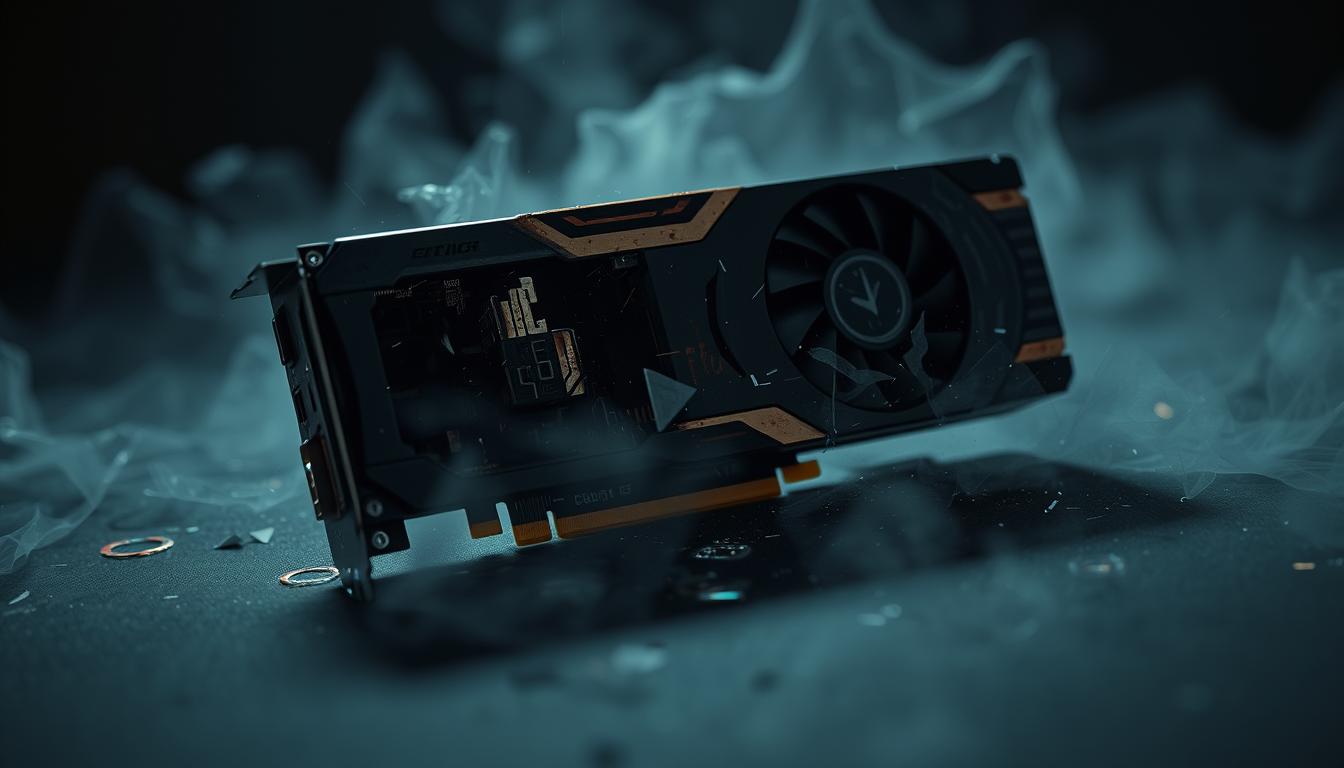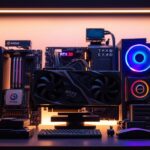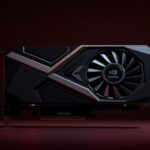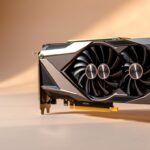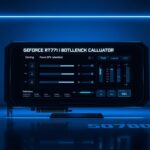Last Updated on August 4, 2025 by Gill
You’re deep into a project or gaming session when suddenly—flicker. Strange lines streak across your screen. The world freezes. Your heart sinks as you realize something’s wrong with your computer’s powerhouse: the graphics card.
Modern PCs rely heavily on this hardware workhorse. Whether you’re editing videos, streaming, or battling virtual dragons, a struggling GPU can turn smooth workflows into pixelated nightmares. While these components are built to last, years of rendering complex graphics take their toll.
Overheating from dust buildup, unstable overclocking attempts, or even unexpected power surges can push your card to its limits. The good news? Most failures announce themselves through subtle clues before disaster strikes.
Spotting these red flags early could save your system from total collapse—and your wallet from unexpected replacement costs. This guide walks you through the whispers and shouts of a fading graphics processor, helping you distinguish temporary glitches from critical warnings.
We’ll explore practical troubleshooting steps, discuss when repairs might work, and share tips to extend your hardware’s lifespan. Because nothing beats that moment when you catch an issue early… and keep your digital world running smoothly.
Understanding GPU Functionality and Common Failure Causes
Imagine launching your favorite game only to face stuttering visuals—or opening video editing software that crawls like molasses. These frustrations often trace back to the graphics card, the unsung hero powering every pixel on your screen. Let’s unpack why this component matters and what makes it vulnerable.
From Pixels to Powerhouse
Modern graphics processing units do more than display cat videos. They handle 3D rendering for games, accelerate AI tasks, and manage multiple 4K monitors. Unlike CPUs, these components specialize in parallel processing—crunching thousands of calculations simultaneously for smooth visuals.
Why Cards Crash
Three main villains threaten your GPU’s health:
| Cause | Effect | Prevention |
|---|---|---|
| Overclocking | Overheating & voltage spikes | Use manufacturer-approved settings |
| Dust buildup | Blocked airflow | Clean every 3-6 months |
| Power surges | Circuit damage | Use surge protectors |
Aggressive overclocking remains the top killer. Pushing hardware beyond factory limits might boost performance briefly—but at the cost of longevity. Combine this with poor ventilation, and you’ve got a recipe for early component failure.
Electrical issues also play a role. Brownouts and voltage fluctuations stress delicate circuits. A quality power supply acts like a bodyguard, filtering unstable currents before they reach your system.
Identifying Display and Connectivity Issues
Your computer boots up, but the monitor stays dark. Before panicking about hardware failure, let’s methodically rule out simpler explanations. Display problems often trick users into assuming the worst, but many stem from fixable causes.
No Signal on the Monitor
A blank screen doesn’t always mean a dead component. Start by checking cables—HDMI and DisplayPort connections often loosen over time. Try different ports on both the graphics card and monitor. If using adapters, test direct connections instead.
| Issue | Possible Causes | Quick Fixes |
|---|---|---|
| Black screen | Loose cable or faulty port | Reseat connections |
| Flickering display | Outdated drivers | Update GPU software |
| Intermittent signal | Power supply issues | Check PCIe power cables |
Loose Connections and Driver Problems
Graphics cards can shift during PC movement. Power down your system and:
- Remove side panel
- Press firmly on the card
- Secure any auxiliary power connectors
Software glitches mimic hardware failures. Boot into Safe Mode and uninstall display drivers. Reinstall the latest version from the manufacturer’s site. If issues persist, test the card in another computer to confirm its status.
Signs Your GPU is Dying: How to Tell if GPU is Failing
Picture this: halfway through rendering a video preview, your entire system locks up. That frozen cursor isn’t just annoying—it’s screaming for attention. Performance hiccups and unexpected shutdowns often reveal deeper hardware struggles, particularly with your graphics processor.
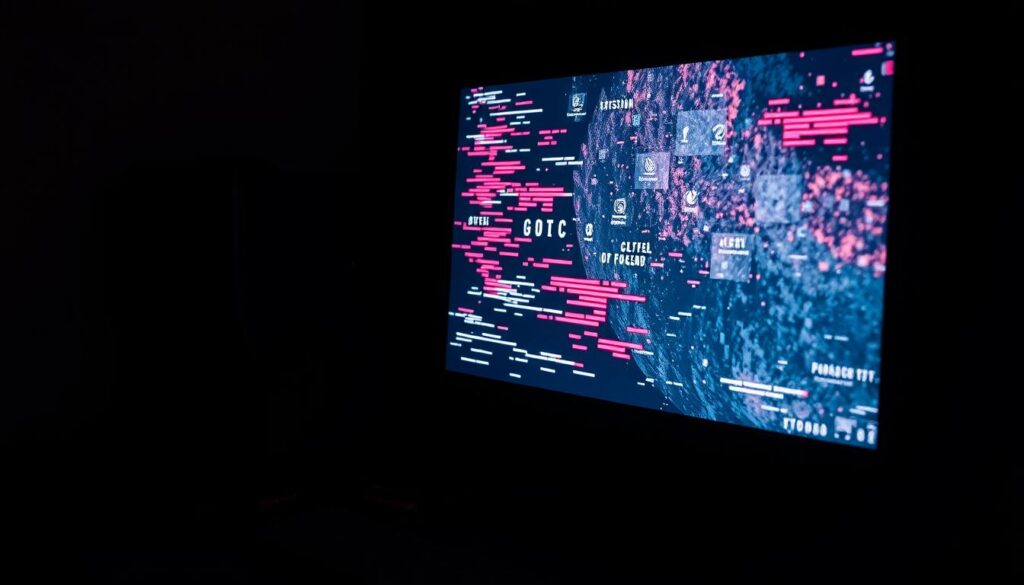
System Meltdowns During Critical Tasks
Random reboots during games or creative work signal trouble. While all components can fail, GPU-related crashes often follow specific patterns:
- Error codes mentioning “VIDEO_TDR_FAILURE” or “Display driver stopped responding”
- Artifacts appearing before sudden shutdowns
- Consistent failures when launching 3D applications
Unlike memory or storage issues, these problems typically worsen under graphical load. Track when crashes occur—if they spike during graphics-heavy tasks, your card might be gasping for life.
The Slow Decline of Processing Power
That buttery-smooth 60 FPS in your favorite game now stutters at 45. Gradual performance drops often escape notice until they impact workflow. Use monitoring tools like MSI Afterburner to check:
| Metric | Healthy Range | Warning Signs |
|---|---|---|
| GPU Temperature | 60-85°C | Consistent >90°C |
| Clock Speeds | Stable under load | Frequent throttling |
| Frame Times | Consistent | Wild fluctuations |
Compare these readings with CPU metrics. If processors stay cool while your graphics card overheats, you’ve identified the culprit. Thermal throttling temporarily reduces capability, but sustained decline points to hardware decay.
Decoding Visual Artifacts and Glitches
Midway through a Zoom call, your colleague’s face fractures into rainbow-colored polygons. These digital ghosts—called visual artifacts—signal your graphics processor might be entering its final act. Unlike temporary screen flickers, these distortions often mean hardware is gasping for relief.

Understanding Abnormal Visual Distortions
Artifacts come in unsettling forms. Watch for:
- Geometric invaders: Triangles or cubes crawling across videos
- Color rebellion: Neon splotches replacing natural hues
- Pixel riots: Static snowstorms during gameplay
| Artifact Type | Common Causes | Severity |
|---|---|---|
| Screen tearing | Driver conflicts | Fixable |
| Color banding | Overheated memory | Critical |
| Z-fighting | Failing VRAM | Hardware death |
Test software issues first. Use Display Driver Uninstaller to wipe settings clean. If distortions vanish after reinstalling drivers, breathe easy. Persistent corruption? Your card’s likely cooking itself.
Overclocked systems often see the worst artifacts. Pushing clock speeds melts microscopic connections over time. Once physical damage occurs, no software patch can resurrect fried components. Monitor temperatures—consistent readings above 90°C spell trouble.
Recognizing Overheating and Unusual Fan Behavior
Your computer hums quietly while drafting emails, then roars like a jet engine when opening Photoshop. These sound shifts reveal more than workload changes—they’re your graphics card’s thermal management system working overtime. Let’s explore what normal cooling looks like and when it crosses into danger zones.
Silent Alarms in Temperature Spikes
Modern graphics cards handle heat like seasoned firefighters. Idle temps should hover between 30-50°C. Demanding tasks like gaming or rendering might push this to 85°C—briefly. Watch for these red flags:
| Temperature Range | Implications | Common Causes |
|---|---|---|
| 90-95°C | Emergency throttling | Clogged heatsinks |
| 96-100°C | Hardware damage likely | Failing thermal paste |
| 101°C+ | Immediate shutdown risk | Cooling system failure |
Use free tools like HWMonitor or MSI Afterburner to track real-time data. Consistent high readings during light tasks signal trouble. Thermal throttling reduces performance to lower temps—a helpful band-aid that can’t fix hardware decay.
When Cooling Fans Sound the Alarm
Fans shouldn’t sound like angry hornets. Normal operation includes gradual speed changes. Warning signs include:
- Sudden revving during simple tasks
- Grinding or clicking noises
- One fan spinning faster than others
Dust bunnies in heatsinks force fans to work harder. Try compressed air cleaning first. If noise continues after cleaning, bearings might be failing. Replacement fans cost $15-$40—but if new fans don’t help, your graphics card likely needs professional attention.
Remember: Persistent overheating often stems from deeper issues like cracked solder joints. Catching thermal problems early can add months to your hardware’s lifespan.
Troubleshooting Your GPU: Practical Steps and Considerations
Your video preview stutters during final edits. Before declaring hardware dead, let’s separate fixable glitches from terminal issues. A methodical approach often saves time and money when addressing graphics card problems.
Simple Diagnostic Tests and Software Checks
Start with physical inspections. Power down and:
- Reseat the card in its PCIe slot
- Check all power connectors
- Test different display cables
Software tools provide crucial insights. Run these diagnostics:
| Tool | Purpose | Healthy Indicators |
|---|---|---|
| GPU-Z | Monitor temperatures | Stable below 85°C |
| Heaven Benchmark | Stress testing | No crashes in 2 hours |
| DDU | Clean driver installs | Latest stable version |
Repair vs. Replacement Options
Cards under warranty should always go to manufacturers first. For older hardware:
| Factor | Repair | Replace |
|---|---|---|
| Cost | $50-$150 | $300+ |
| Time | 2-4 weeks | Immediate |
| Performance | Original specs | +30-50% boost |
Most repair shops charge $75+ for diagnostics alone. Compare these fees against current graphics card prices—newer models often deliver better value through improved efficiency and warranty coverage.
Conclusion
While graphics cards don’t fail daily, recognizing early symptoms prevents costly surprises. From mysterious artifacts to sudden shutdowns during tasks, these warnings demand attention—not panic.
Regular maintenance extends your GPU’s lifespan. Clean dust buildup every few months and monitor temperatures. Avoid extreme overclocking that strains components. Remember: many problems have fixes, like driver updates or thermal paste replacement.
When failure seems imminent, act decisively. Backup critical data and research replacement options. Check warranty coverage first—some manufacturers honor claims even for used cards. For older hardware, weigh repair costs against newer models’ efficiency gains.
Your system’s visual performance hinges on this crucial component. By spotting signs early, you gain time to plan upgrades or seek professional help. Bookmark this guide as your troubleshooting companion, and share it with friends navigating similar power supply mysteries.
FAQ
How do I know if my graphics card is overheating?
Can driver updates fix visual artifacts in games?
Why does my screen go black during gaming sessions?
Is loud fan noise always a sign of GPU failure?
Should I replace my GPU if games crash frequently?
Can a faulty GPU damage other PC components?
Does overclocking void my graphics card warranty?
How long do GPUs typically last before failing?
- RTX 3070 Bottleneck Calculator: Optimize Your Setup - September 27, 2025
- Optimize Your RTX 3060 Ti: Use Our Bottleneck Calculator - September 26, 2025
- GeForce RTX 5060 Bottleneck Calculator – Find Your GPU’s Limits - September 25, 2025

